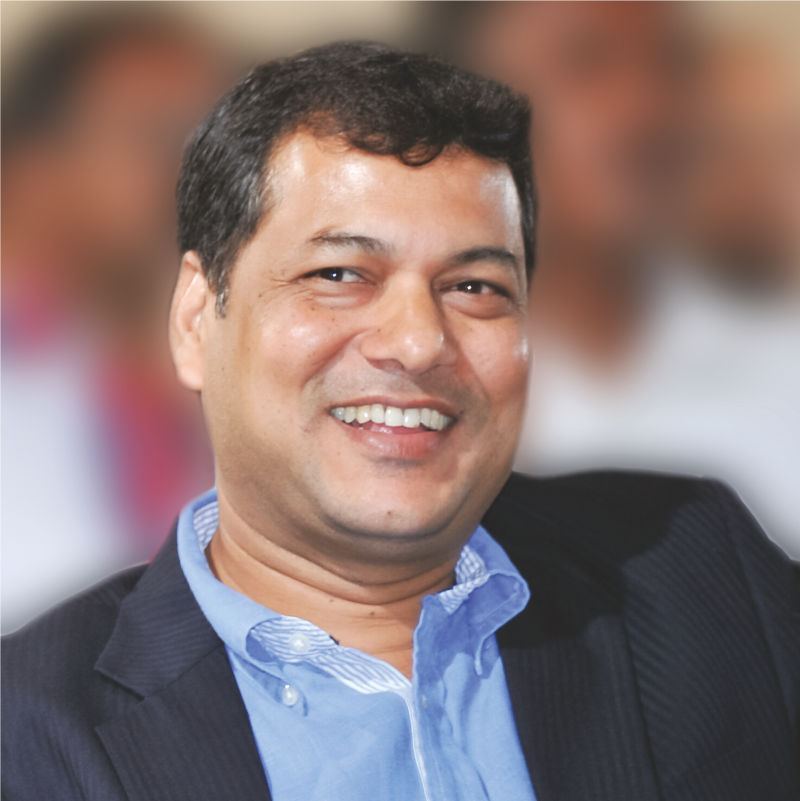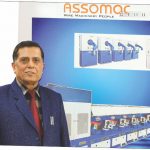Real Ispat & Power Ltd. today stands at a considerable production capacity of 2,40,000 tonne an annum of steel wires, steel wire rods and other steel products. The company is ready to set up another fully integrated steel manufacturing unit with a capacity to produce 1,50,000 tonne an anuum.

Real Ispat & Power Ltd. (RIPL) ventured in to the steel industry in the year 2000 and since then it has steadily contributed in the growth of the same. Being an integrated manufacturing firm, this company has made a strong presence in the steel and power sector. With attributes like unique management style and innovation, RIPL has managed to achieve success quite soon reflected by its noticeable presence in the steel and steel wire products across the country.
Aiming at complete customer satisfaction, RIPL follows ‘zero tolerance’ policy for products in terms of quality and services. Today, the company is well-known for its new initiatives and CSR activities which help in building greener environment and more sustainable future. Recently, Wire and Cable India had a small conversation with Mr. Ramesh Agrawal, Director, Real Ispat & Power Ltd., to know more about new developments and the company as a whole.
Wire and Cable India: To start with kindly update us about your existing product portfolio along with production capacity, facilities, machineries and technology etc. Which all industries do you cater through these products?
Ramesh Agrawal: As you know, we are consistently producing high quality sponge iron, billets, TMT re-bars, wire rods, HB wire, binding wire and G.I wire over a decade. We have a fully integrated production setup with capacity to produce over 2.4 lakh tonne per annum approximately. We were the first in central India to implement eco-friendly Direct Hot Charging Technology with ultra modern facility to produce finished products. Today, we are fulfilling requirements of numerous SMES (cable manufacturers, GI wire plants, binding wire plants, nails, weld mesh, stiching wire, steel wool, spun pipe units, concrete pole units, new age concrete reinforcements) in 19 states across country. In addition to this, we are also supplying it to neighboring countries like Nepal and Srilanka.
WCI: Indian steel industry is envisaging support from the Government in the form of some anti dumping duty on the import of certain steel products from China, or other such countries. Share your views on the matter in view of the recently imposed MIP, which is supposedly not so favorable to steel user industry like steel wire industry.
RA: The steel wire industry is a basic infrastructure industry, producing various types of steel wires which have high-end critical applications in infrastructure, auto industry, power distribution, defense, and other significant industries. Growth of this industry is directly linked to the growth of the infrastructure, automobile, and power sectors. MIP has triggered the containment of steel imports and its continuity is important to ensure stability and curtail cheap imports.
.
WCI: Cost reduction, better quality, and enhanced efficiency are the common demands of the businesses today. What efforts your company is making on this front?
RA: Ever since we started manufacturing wire rod, our prime focus was to deliver quality product and till date we are producing the best quality of wire rods, HB wire and other wire products. RIPL, setting a personal standard, has been using the highest quality Iron ore available in the country, DRCLO. This, coupled with high-grade coal, helps create a product of the highest quality.
WCI: Have you planned any investments for capacity expansion, plant addition (new plant), or technology upgradation or on any other front? If yes then please share details.
RA: We are continuously involved in upgrading our manufacturing setup. Recently, we have introduced our high quality G.I wire and very soon we are coming up with another fully integrated steel manufacturing unit with a capacity to produce 1.5 lakh tonne per annum.
WCI: What are the new emerging trends with regard to existing production and demand in the steel wire segment? Where do you see this market moving in the future?
RA: Especially after using imported wire rod for more than a year, small manufacturer have developed their facilities for low carbon material with highest drawability. In coming future, most of the units are going for automation and for that they need high quality raw material for uninterrupted processing.
WCI: In addition to the above question, what are the growth areas for your company? What’s your strategy to get maximum benefit from these opportunities?
RA: Considering our urge for continuous product development, we are focusing on finished products like G.I wire and barbed wire. Currently we are developing low carbon wire rods for Mumbai, Gujarat, and southern India markets, where imported material was being used over a year. Also, we have developed CRS TMT re-bars for coastal areas.
WCI: Lastly, your views on the Indian steel wire industry.
RA: India’s steel production rose by 2.6 percent to 89.6 million tonne in 2015 against 87.3 million tonne in 2014 even as global production dropped by 2.8 percent. While global steel demand is waning, India is one of the few markets where the demand for steel is still rising. The industry expects the demand to rise by around 4 per cent as the government is ramping up infrastructure to spur economic growth.




